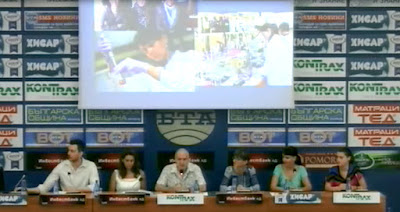Comet assay is an invaluable tool
in DNA research. It is widely used to detect DNA damage as an indicator
of exposure to genotoxic stress. A canonical set of parameters and
specialized software programs exist for Comet assay data quantification
and analysis. None of them so far has proven its potential to employ a
computer-based algorithm for assessment of the shape of the comet as an
indicator of the exact mechanism by which the studied genotoxins cut in
the molecule of DNA.
Here,
we present the development of specialized software for comet assay data
analysis, which allows fast and precise discrimination of the type of
DNA damage. The software is named CometShape© which
is completely in unison with its way of functioning. It analyses comet
images by mathematical description of their shape and by following an
algorithm for calculation of more than 14 comet shape parameters leads
to statistical elaboration of three coefficients of correlation: r1, r2
and r3. By this everyone could very easily determine the type of DNA
damage in the cells induced by the studied genotoxin.



 Български
Български














